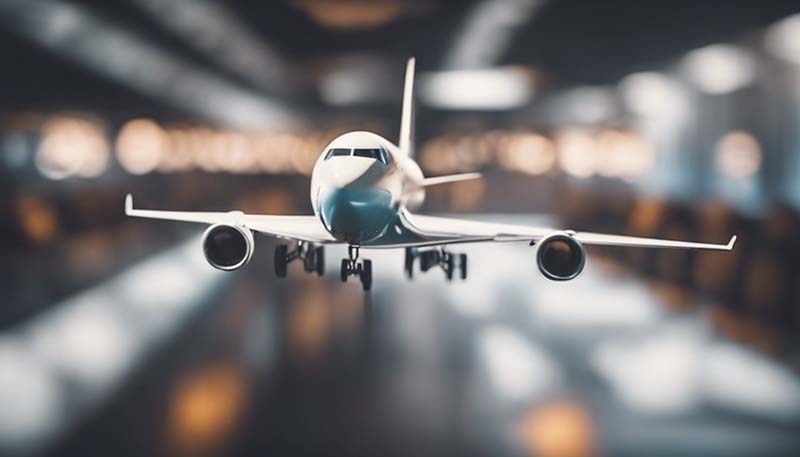Air travel has become one of the most popular and efficient means of transportation in the modern world. With millions of people traveling by air every day, the safety of passengers and crew members has become a top priority for the aviation industry. Airplane design plays a crucial role in ensuring the safety of everyone on board. This article will explore the various aspects of airplane design that contribute to the overall safety of passengers and crew members.
Aerodynamic Design
The aerodynamic design of an airplane is essential for its stability and control during flight. Engineers carefully design the shape of the wings, fuselage, and tail to generate lift, reduce drag, and maintain stability. This design ensures that the airplane can fly efficiently and safely under various weather conditions and at different altitudes. The wings, in particular, must be designed to withstand the forces generated during takeoff, flight, and landing, minimizing the risk of structural failure.
Advertisement
Structural Integrity
The structural integrity of an airplane is vital for its safety. Airframe manufacturers use advanced materials and construction techniques to ensure that the airplane can withstand the stresses of flight. Materials such as carbon fiber, aluminum, and titanium are used in the construction of the airframe, allowing for a lightweight yet strong structure. The design must also account for the potential impact of bird strikes, turbulence, and other external factors that could compromise the structural integrity of the airplane.
Fuel System Safety
The fuel system is a critical component of an airplane's design, as it provides the necessary energy for the engines. To ensure the safety of passengers and crew, the fuel system must be designed with multiple layers of protection. This includes the use of robust fuel tanks that can withstand impact and fire, as well as fuel lines and valves that are designed to prevent leaks and ruptures. Additionally, the fuel system must be equipped with fire detection and suppression systems to quickly address any potential fire hazards.
Cockpit Design and Automation
The cockpit of an airplane is the central hub for controlling and monitoring the aircraft's systems. The design of the cockpit must ensure that pilots have easy access to all necessary controls, displays, and information. Modern cockpits are equipped with advanced automation systems that assist pilots in managing the aircraft's systems and navigating through complex airspace. This automation not only reduces the workload on pilots but also minimizes the risk of human error, leading to a safer flight experience for everyone on board.
Cabin Safety Features
The cabin of an airplane is designed to provide a comfortable and safe environment for passengers and crew members. The cabin must be pressurized and oxygenated to maintain a breathable atmosphere at high altitudes. Additionally, the cabin design must account for emergency situations, such as rapid decompression or a potential crash. This includes the use of fire-resistant materials, emergency lighting, and evacuation pathways, such as slides and life vests. Passengers are also provided with safety briefings and instruction cards to ensure they know what to do in case of an emergency.

Avionics and Communication Systems
The avionics and communication systems of an airplane are essential for maintaining contact with air traffic control and other aircraft. These systems enable pilots to receive real-time information about weather conditions, airspace restrictions, and potential hazards. The design of these systems must ensure that they are reliable and resistant to interference or failure. In addition, modern aircraft are equipped with satellite communication systems, allowing for global connectivity and enhanced situational awareness.
Maintenance and Inspection
Regular maintenance and inspection of an airplane are crucial for ensuring its safety. Airplane manufacturers and airlines must adhere to strict maintenance schedules and guidelines to detect and address potential issues before they become critical. This includes routine inspections of the airframe, engines, and other systems, as well as the replacement of worn or damaged components. The design of an airplane must facilitate easy access to these components, allowing for efficient and thorough maintenance and inspection procedures.
Conclusion
Airplane design plays a pivotal role in ensuring the safety of passengers and crew members. From aerodynamic design and structural integrity to advanced avionics systems and cabin safety features, each aspect of an airplane's design contributes to its overall safety. As the aviation industry continues to evolve and advance, it is crucial that airplane designers and manufacturers prioritize safety in their designs, ensuring that air travel remains one of the safest modes of transportation available.